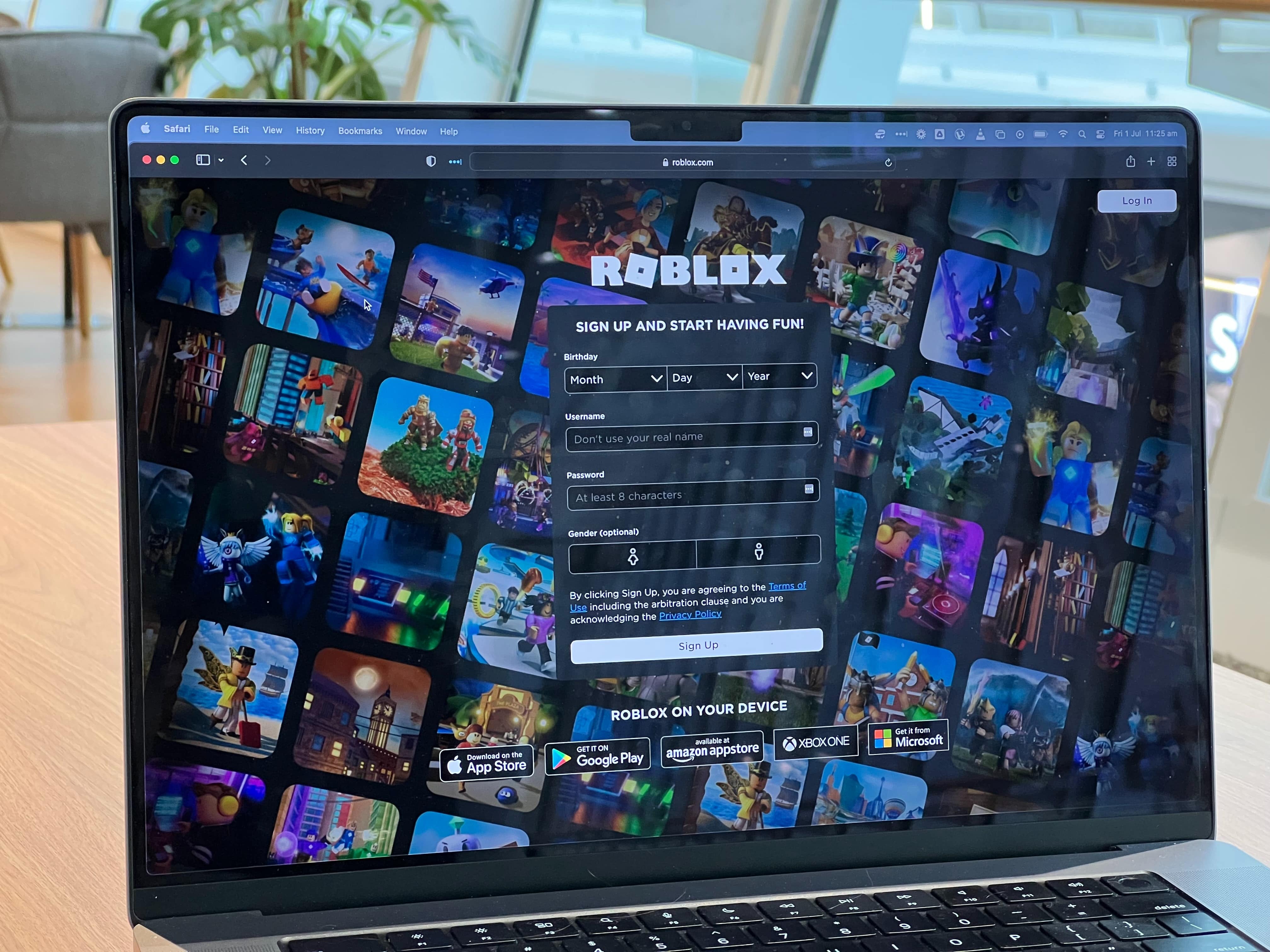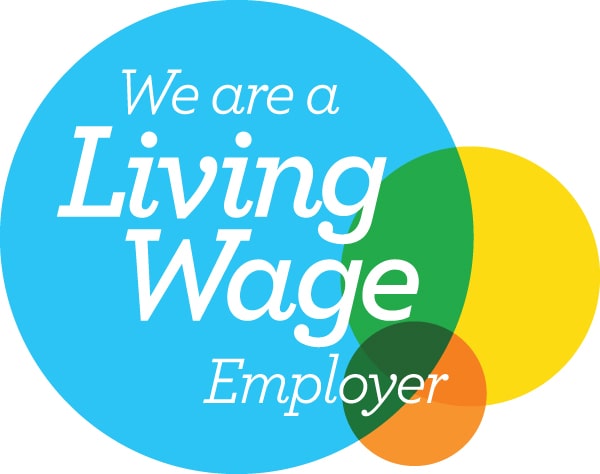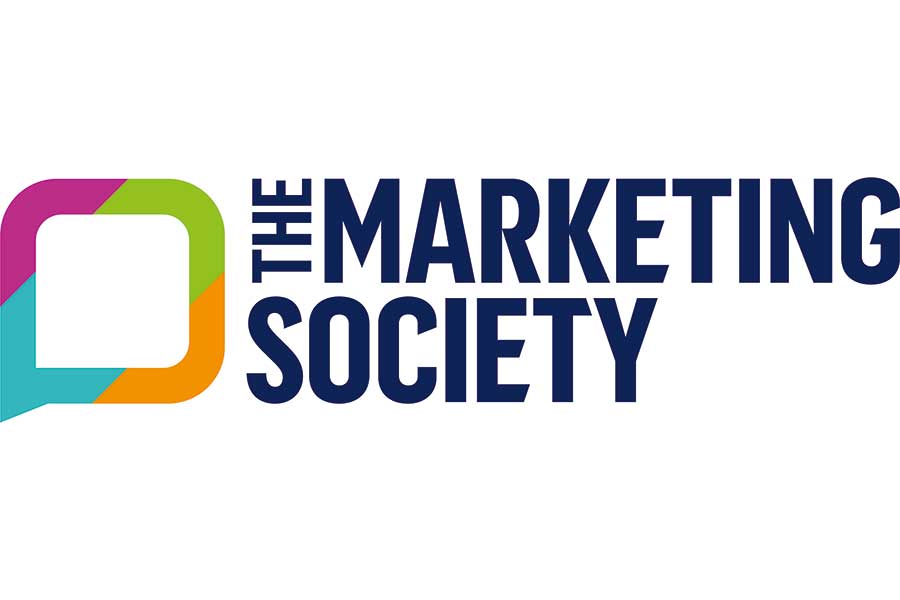Advertising on Roblox and how it might impact user experience

By Ciaran Deering, Head of Online, The Grove Media
Considerations for brands looking to use Roblox as a marketing platform.
- Investors believe Roblox could earn up to $1.75bn in incremental revenue from advertising.
- Roblox currently derives most of its revenue from in-app purchases using the virtual currency Robux.
- Brands to advertise on Roblox include Warner Bros. and Vans, via its ‘portals’ format.
Why it matters
Roblox has built a userbase of over 52 million people by providing a gaming and entertainment platform. The numbers are very attractive to brands, and the 3D ads offer a new way of engaging with hard-to-reach Gen Z audiences.
Takeaways
- Portals whisk users away to immersive experiences – such as Vans World, NIKELAND, or Spotify Island – that already exist today. These 3D ads will be easily identifiable and will be native on the platform.
- The success of 3D advertising on Roblox will very much depend on the quality of the experience once the user has entered the portal.
- Ads will be labelled as such and children under 13 will not be able to interact with the portals. However, children will still be exposed to the ads, which may concern regulators.
It should come as no surprise that online gaming company Roblox – one of the leaders in the growing metaverse – is looking to launch immersive, 3D advertising next year. The company has seen the success Facebook has had with advertising, and sees an opportunity to move at a time when Facebook-owner Meta and Snap are struggling as a result of Apple’s privacy changes.
Global investment community Seeking Alpha estimates that Roblox could generate between $1.05bn and $1.75bn of incremental revenues from advertising, based on the pricing and performance of Facebook. This will diversify its revenue streams beyond in-game purchases. Roblox currently derives almost all of its revenue from in-app purchases using the virtual currency Robux. The company has stressed that it remains committed to its core business, enabling gamers to ‘level up’ and buy items in games.
Roblox’s announcement is clearly driving interest in the gaming world. In recent months there has been a lot of discussion about in-game advertising, with reports that Microsoft is considering using ads in free-to-play games, and speculation that Sony is also planning to introduce advertisements in free-to-play titles on its PlayStation platforms.
It would seem that Roblox is getting first mover advantage in the gaming world. However, from a marketing and advertising perspective, it’s arguably far more interesting in terms of the development of the metaverse and how brands can be more actively involved in this evolving virtual world.
Roblox ads: the story so far
Roblox has already tried out some online ads with brands including Warner Bros and Vans. These were displayed in an experimental format that Roblox has referred to as ‘portals’.
Portals – or immersive ads – whisk users away to immersive experiences, such as Vans World, NIKELAND, or Spotify Island, that already exist today. These 3D ads will be easily identifiable and will be native on the platform. Roblox hasn’t announced standard formats for these ads yet, but it’s likely that they will be billboards and other media native to the gaming experience.
Roblox has built a userbase of over 52 million people by providing a gaming and entertainment platform, so the numbers are very attractive to brands, and the 3D ads offer a new way of engaging with hard-to-reach Gen Z audiences.
However, since its launch in 2006, Roblox has been heavily targeted at kids, which takes the company into tricky advertising territory. All ads will be labelled as such and children under 13 will not be able to interact with the portals. The company is also adding more guidelines to let parents and children know which virtual experiences are suited for certain age groups. Yet children will still be exposed to the ads. Roblox is a global platform, so it remains to be seen how this plays out with differing regulations at a national level.
Roblox as a sales channel
The issue of how brands target children on Roblox is not just restricted to advertising. Big name brands are looking at how best to sell more products for children using Roblox.
Walmart recently announced ambitious plans to enter the metaverse, with two experiences planned for Roblox: Walmart Landand Universe of Play. Inside these virtual lobbies are a variety of minigames and experiences, including a Ferris wheel and an “interactive piano walkway,” many of which funnel players towards certain brands. While these will likely be very engaging experiences, commentators have argued they are clearly a way for Walmart to advertise toys to children.
Both the Walmart experiences and those planned for the new portal ads raise the interesting prospect of virtual marketing and advertising driving sales in the real world. In an interview with CNBC, Roblox CEO David Baszucki said he could see metaverse ads leading directly to physical world sales, possibly by coupons. If you take this to its logical conclusion, this could see Roblox – and other metaverse – ads evolving into a full-funnel shopping experience.
Clearly, it’s early days, but this means the Roblox ads wouldn’t be simply positions on a media plan, but part of a much bigger experiential and e-commerce buy.
Maintaining user experience
While much of the focus of the 3D ads is on the experiences they enable, these are nevertheless still ads, and the proposed launch raises the issues of push messaging versus the content and experience of Roblox.
Early commentators have said that the success of the metaverse rests on it being experience-led and that it should avoid traditional advertising. To date, brands that have been successful in the metaverse have heeded this with their branded virtual worlds that host events and experiences and sell virtual products.
Gucci’s spaces on Roblox have gained both attention and praise. These include the Gucci Garden, with visitors entering through a virtual lobby in which their avatars can view, try on and purchase digital items. If Roblox becomes cluttered with ads – taking users away from games – how much will this denigrate the overall experience of the platform?
The success of 3D advertising on Roblox will very much depend on the quality of the experience once the user has entered the portal. Metaverse pioneers such as Nike, Gucci and Ralph Lauren will no doubt continue to produce great experiences. But will advertisers be able to achieve this?
And there is talk of creators being able to take a share of the 3D advertising pie on Roblox. Creators can currently place in-game billboards in single games if they pay for them using Robux, but the new ad platform could allow creators to develop interactive advertising. Quality and user experience is definitely going to be key to the success of advertising on Roblox.
For many advertisers, 3D ads on Roblox simply won’t be on their radar. Nevertheless, the launch is a potentially significant development in the metaverse, giving brands new engagement opportunities and signalling a way for virtual-world marketing to drive real-world sales.
Photograph courtesy of Oberon Copeland/ Unsplash







